EXCLUSIVE: The Twelve-Day War. Analyzing the Strategic and Diplomatic Fallout of the Israel-Iran Conflict.
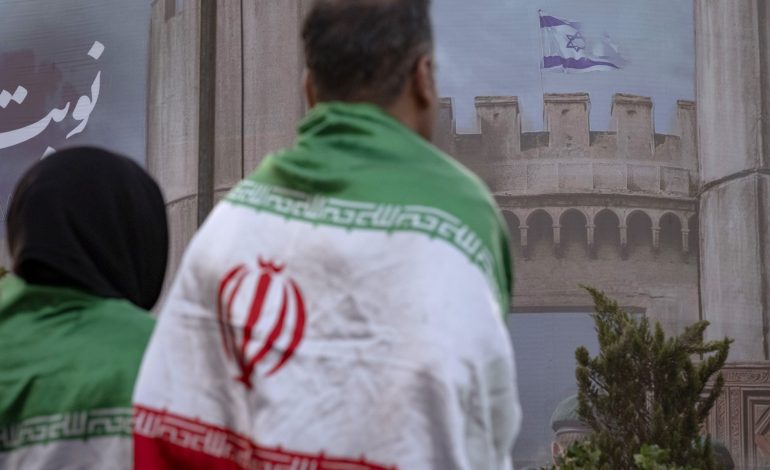
The intense twelve-day war between Israel and Iran in June 2025 has ended in a fragile ceasefire, but the profound geopolitical, economic, and humanitarian aftershocks continue to reverberate across the Middle East and beyond. With all sides declaring victory, Israel and Iran emerged strategically exposed, their vulnerabilities starkly illuminated amid a costly confrontation.
To grasp the depth of this conflict, understanding the historical grievances between the involved nations is crucial. Dr. Hossein Askari, Emeritus Professor of Business and International Affairs at George Washington University, outlines the roots clearly:
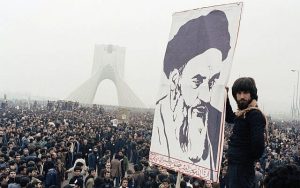
“It all started in 1953. Iran decided to nationalize its oil industry. The US joined England in shutting down Iran’s oil exports. The Iranian government was brought to heel, and the democratically elected Prime Minister of Iran was overthrown by the CIA and MI6, with the Shah, who had fled to Italy, brought back to rule. From then on, the US backed the Shah in every way—training his brutal secret service, police, and armed forces. With increasing oil prices and revenues, the Shah felt his oats and, sadly, with full US backing, ran an autocratic and increasingly unpopular regime.”
Tensions were amplified by the 1979 Islamic Revolution, Ayatollah Khomeini establishing the current theocratic government, the hostage crisis at the US embassy in Tehran, and ongoing Western sanctions. The West collectively supported Iraq in its 1980 invasion that led to an 8-year war.
“As a result of its isolation, Iran nurtured regional proxies, Hezbollah in Lebanon and Iraqi militias after the US invasion of Iraq.”
This would worsen Israel’s view of Iran and solidify the country’s position as one of the main actors in ‘the Axis of Evil/Resistance.’
“Israel saw Iran as an existential threat for its backing of Palestinians and did all it could to destabilize and overthrow the regime in Tehran with US support.”
Iranian attempts to rectify its relations with the US by assisting the campaign against ISIS in Iraq and Al Qaeda in Afghanistan bore no fruit. The attempt at expanding the nuclear program stopped short in 2001 and didn’t help either.
As Dr. Askari notes:
“Iran is a prisoner of its past—its US isolation, covert Israeli/US actions inside Iran against scientists and senior military, and economic sanctions—but the US appears to be also a prisoner of its past—students taking hostages during the Iranian Revolution and Iran’s threat to US regional interests, especially hostilities towards Israel.”
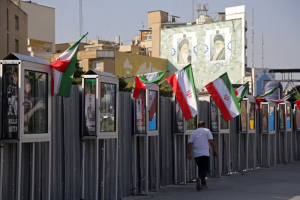
Israel initiated the conflict by decimating significant segments of Iran’s nuclear infrastructure and senior military leadership. Dr. Nader Hashemi, Director of the Alwaleed Center for Muslim-Christian Understanding and an Associate Professor of Middle East and Islamic Politics at the Edmund A. Walsh School of Foreign Service at Georgetown University, observes:
“The Iranian regime is spinning this war as a win for Iran, but objectively speaking, it is a defeat, at least in the short term. Iran lost most of its top military leadership, and its senior nuclear scientists, and its coveted nuclear program has been set back.”
Yet, paradoxically, Dr. Hashemi warns, this tactical defeat could become a strategic victory for Tehran:
“Over the long term, however, this could be a win for the Islamic Republic because it will allow the regime to rally people around the flag, invoking themes of national security, aggression, imperialism, and national independence.”
For Israel, success in disrupting Iran’s nuclear ambitions came at the cost of revealing serious vulnerabilities. Iranian missile attacks penetrated deep within Israeli territory, exposing strategic weaknesses and limitations of its defense systems. Dr. Jeffrey Sachs, Director of the Center for Sustainable Development at Columbia University, remarked:
“Despite President Trump’s claim, the ’12-day war’ was a failure of Israel and the US… Israel’s long-standing dream of provoking regime change in Iran also failed. To the contrary, Israel’s vulnerability to Iranian missiles was demonstrated.”
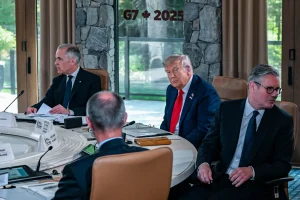
The international community’s reaction was rather timid. The G7, meeting in Canada, publicly backed Israel’s right to self-defense, branding Iran as a primary source of regional instability, despite Israel delivering the first strike. US President Trump’s early departure from the summit fueled speculation about back-channel diplomacy.
Europe, however, revealed deep internal fractures. A leaked EU diplomatic note expressed concern over potential Israeli human rights violations under the EU-Israel Association Agreement, highlighting legal and ethical tensions within Europe itself. France called for greater scrutiny, while Germany emphasized its historic responsibility to support Israel.
Russia and China openly condemned Israel’s actions, urging calm and offering mediation. According to Dr. Sachs, this cautious stance by Russia and China reflected confidence in Iran, their regional ally.
“Neither China nor Russia wanted a wider war. They acted prudently. They did not fear Iran’s defeat, and Iran was not defeated.”
Economically, the conflict posed significant risks. Iran’s already struggling economy faced further setbacks, while Israel bore considerable infrastructure damage. Dr. Paul Rivlin, Senior Research Fellow at the Moshe Dayan Center for Middle Eastern and African Studies at Tel Aviv University, explained:
“The war between Iran and Israel in June 2025 has damaged both economies. Iran suffered much more than Israel because Israeli attacks were much more effective than Iran’s and because its economy was in a much worse state before the war began.”
Despite initial market jitters, global energy markets demonstrated surprising resilience. Oil prices briefly surged by around 7%, only to stabilize rapidly—a testament, Dr. Rivlin notes, to successful Western energy diversification strategies:
“Even after the US attacked Iranian nuclear sites and Iran retaliated, the market absorbed the shock swiftly, with prices returning to pre-conflict levels within hours.”
Dr. Askari, however, emphasized the persistent underlying risks to global energy stability, stemming from Iran’s vast but underdeveloped energy reserves:
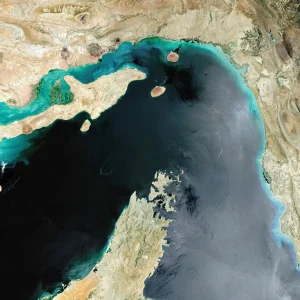
“Iran has the second largest deposit of natural gas and the third largest deposit of conventional oil in the world, with its combined oil/gas resources (BTU content) exceeding that of Saudi Arabia, yet it has been hobbled because of hostilities and US sanctions—it lacks the resources to develop its energy sector, and sanctions have driven away foreign companies for the foreseeable future. Thus, global energy production has been severely diminished, resulting in higher international prices. At the same time, wars and armed hostilities have further threatened energy availability and prices—as Iran could attack the oil/gas resources of other Persian Gulf countries and temporarily close the Straits of Hormuz, the narrow passage for oil and gas tankers.”
Dr. Rivlin, however, argued that such a move could do significant damage to the Iranian economy itself:
“The Iranian threat to close the Straits of Hormuz could well backfire, as it would threaten Iran’s oil exports by inviting foreign action in response. Oil is Iran’s largest export, and it came to a halt during the war.”
The war also reignited proxy conflicts. Yemen’s Houthi rebels, supported by Iran, launched missile strikes toward Israel, briefly disrupting Red Sea shipping lanes. Dr. Rivlin reflected on the Houthi involvement:
“The participation of the Houthis in Yemen in the war against Israel and the threat they have posed to shipping through Bab al-Mandab have endangered both Israel and the West. Their military actions, with Iranian support, come after seven years of Saudi military involvement in the Yemeni civil war.”
Other groups affiliated with Iran showed less activity. As noted by Dr. Lindsay Benstead, professor of Politics and Global Studies in the Mark O. Hatfield School of Government and Director of the Middle East Studies Center (MESC) at Portland State University:
“In the recent conflict, Hezbollah did not attack Israel to support Iran. Iran provided support to Hezbollah in Lebanon… but Hezbollah was either unwilling or unable to enter the war to support Iran.”
Gulf Arab states, notably Saudi Arabia, Qatar, and the UAE, watched anxiously as Iran demonstrated enhanced long-range strike capabilities. Dr. Rivlin warned:
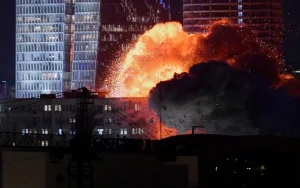
“For the Arab states in the Gulf, Iran’s missile attacks on a country as far away as Israel and its attack on Qatar (with advance warning and deliberately not resulting in damage)… [serve as] a reminder of Iran’s current military capacity and its willingness to use it. The ability to develop and produce missiles despite the weakness of Iran’s economy is an indication of the threat it poses, even before it completes the development and production of nuclear weapons.”
These states now face increased pressure to accelerate economic diversification and bolster defenses, aware that reliance on US protection alone may no longer suffice.
Aside from pure defense concerns, the Arab leaders see a growing domestic dissatisfaction. As Dr. Askari notes:
“Autocratic Arab rulers rely on US support to hold onto power and broadly follow US policies, yet the general citizenry abhor the massacre and brutal treatment of Palestinians by Israel, supported by US armament, military dollars, and political backing. Some of these Arab rulers are potentially in danger of domestic upheaval, further threatening regional peace and thus global energy security and prices.”
The June 24 ceasefire, at first unilaterally declared by President Trump, has held despite minor violations. French President Emmanuel Macron and UK Foreign Secretary David Lammy have called explicitly for renewed nuclear talks and missile de-escalation frameworks.
Yet, profound doubts remain about long-term peace. Dr. Sachs emphasized that the stated reason for the conflict has not been resolved:
“Iran’s ability—if it wants (which it does not) – to make a nuclear bomb was not seriously impaired. In fact, it was probably enhanced now that the IAEA inspections have been ended.”
Iran is now likely to speed up their nuclear program with the recent decision to not abide by the Non-Proliferation Treaty and cease cooperation with the IAEA. Iran being vulnerable during the process of getting the ultimate deterrent raises the risk of future conflict.

Amid these strategic discussions, humanitarian crises linger—particularly the enduring conflict in Gaza. Dr. Ishac Diwan, Professor of Economics at the American University of Beirut, sharply criticized the West’s response:
“The ongoing genocide in Gaza is unbearable, and so is the duplicity of the US and the West in general.”
Diwan’s statement comes as almost 600 Palestinians have been killed at aid distribution sites operated by the Israeli- and United States-backed Gaza Humanitarian Foundation (GHF) since May 27.
The 2025 Iran-Israel war has settled no disputes definitively. Instead, it intensified the bitter rivalry, exposed vulnerabilities, and divided international opinion. As Dr. Hashemi aptly summarized:
“The internal nonviolent struggle for democracy [in Iran] has also taken a severe blow… The US-Israeli attack has extended the life of the Islamic Republic by inadvertently bolstering its internal legitimacy at the precise moment when it was facing a mass crisis of internal legitimacy.”
Yet, there remains cautious hope. As Dr. Askari posed:
“Can the US escape its past and champion a Palestinian state based on the 1967 borders alongside Israel and understand the reasons for the Islamic Revolution and its fallout so as to build better relations with Iran and its people? Can Iran forget US interference in its domestic affairs since 1953, its suffering during wars with Iraq, US/Israeli hostilities, and the impact of economic sanctions and trust Western commitments to a flourishing Iran? If the answers are both yes, then energy output will rise, especially in natural gas (a cleaner fuel than oil), and prices will fall. If the answers are no, then there will always be an inviable pressure to impede Iran’s oil/gas sector, resulting in higher prices.”
Today, as global eyes remain fixated on the Middle East, the ceasefire stands as a precarious pause rather than a conclusive resolution. The war is over—for now.
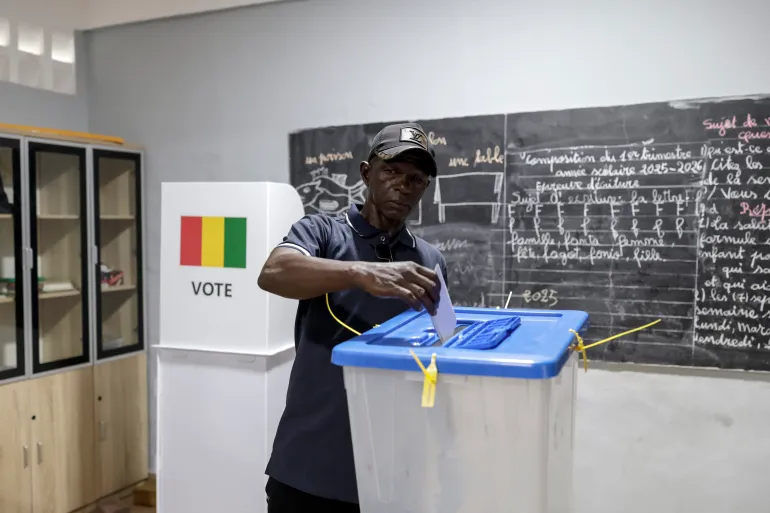


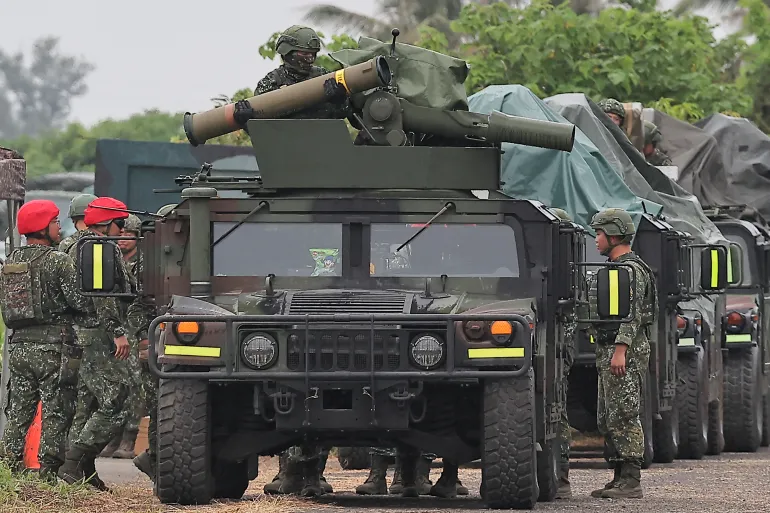





The latest news in your social feeds
Subscribe to our social media platforms to stay tuned